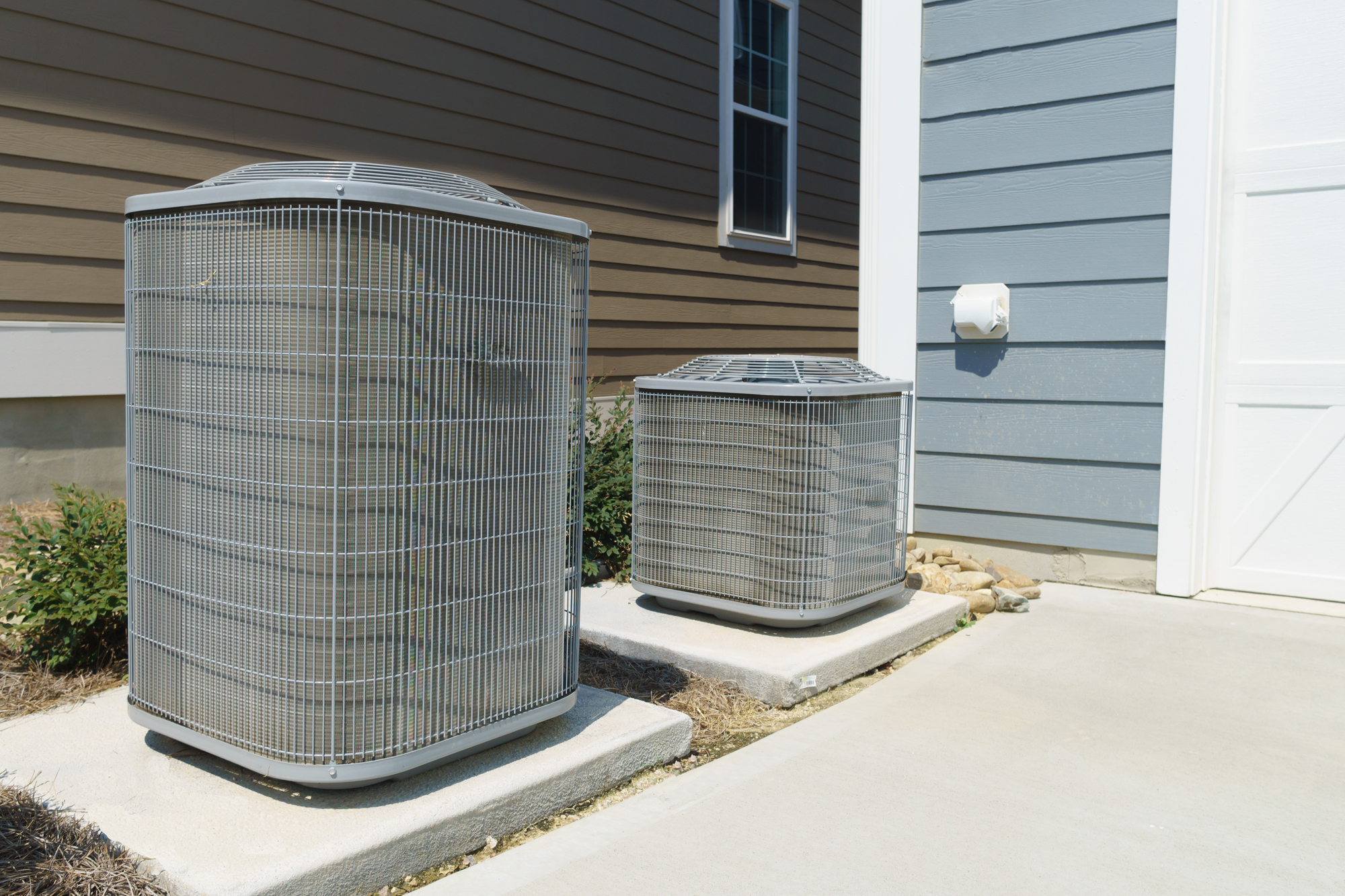AC Units – Size Matters
It’s been way more than 10-years, and you’ve started to notice that your current AC unit is not really doing the job anymore. You’ve kept it diligently maintained, but it’s still past it’s warranty stage and you’ve noticed a little uptick in your electricity bill lately. So you know, it’s probably time to think about replacing it for both energy efficiency and also because, just like with your car, after the warranty is up, the cost of repairs is now going to start adding up too.
When it’s time to choose a new HVAC system for your home, it’s important to get just the right size. Certainly we, here at Wayne Martin and Son Signature Air Conditioning, will choose the right size for your home, but we like our customers to be educated on AC units, so we thought we’d tell you the thought-process behind that choice. AC Units – Choosing The Right Size
Choosing the right size a “Goldilocks and the Three Bears” issue believe it or not. Too small and it will run non-stop, sending your electric bill soaring. But too big a unit also causes all kinds of problems. An air conditioning unit that is big for your square footage will do something called “short cycling” this means it cools the area too quickly and then turns off. When a unit short cycles, it does not have enough time to remove the humidity from your home’s air (And ugh, you know what an issue high humidity is here in Southwest Florida!). This can lead to mold and mildew problems in your home, an issue not to be taken lightly. Short cycling also causes uncomfortable hot and cold swings in your home’s temperature. And it doesn’t provide you with smaller electricity bills either (sorry to disappoint). It takes more electricity to turn the system on and off constantly, than it does for it simply to be running. The final reason you don’t want an oversized system is that all that on and off cycling also wears out the HVAC system faster, meaning you’ll be buying a new unit before long. This is why you need a system that is sized just right for your home.
When talking about size of AC units, we’re not really talking about physical size of the unit. We are talking about cooling power, and although more powerful units are typically a bit larger, it’s not really possible to tell how much cooling power an HVAC unit provides merely by looking at the physical size of it. The cooling power of an AC is measured in British Thermal Units (BTUs), which are a measurement of heat. The other way we measure the cooling power of an AC unit is tonnage. Although it sounds like it would be the measurement of how much your AC unit weighs, tonnage actually measures how much heat an air conditioner can remove from your home in a one hour time period. So when looking at AC size, you want to look at tonnage and BTUs, with the knowledge that 1 ton = 12,000 BTUs an hour. And when the unit lists BTUs instead of tonnage, you can figure out tonnage by that equation and vice versa if it lists tonnage but not BTUs. So a 2-ton AC removes 24,000 BTUs per hour and a 3-ton removes 36,000 BTUs per hour etc. As you can see by the mathematics above, these two measurements, BTUs and tonnage, are directly comparable by dividing or multiplying by 12. And it’s a good idea to know that the average residential central air conditioner size runs between 8,000 and 60,000 BTUs with many different sizes in between, so we can choose just the right one for your home.
The next thing we consider when choosing the right size for your home is we look at the square footage of your house to know how many BTUs are needed to cool your entire home. There are actually a number of factors to consider, with square footage being the most important one, but some of the other factors include looking at the ductwork in the house, the quality and amount of insulation, the number of people using the space, the number of heat generating appliances, the number and style of the windows and the amount of natural shade and sunlight the house gets every day. But since square footage of the home is one of the most important factors, let’s look at some average BTU sizes needed in our experience.
| Home Square Footage | BTUs needed |
|---|---|
| 500-700 | 10,000-14,000 |
| 700-1,000 | 14,000-20,000 |
| 1,000-1,200 | 20,000-24,000 |
| 1,200-1,400 | 24,000-28,000 |
| 1,400-1,500 | 28,000-30,000 |
| 1,500-2,000 | 30,000-40,000 |
| 2,000-2,500 | 40,000-50,000 |
While we will tell you what you need to cool your home, it’s important for you to also evaluate your needs. For example, what type of roofing do you have, how well is your home insulated, how much shade do you typically get? All of these are important. Also, a single-family home may have higher cooling needs than the same square footage sized townhouse or condominium simply due to the fact that the condo has one or more walls connected to neighbors. In a similar instance, the condo may be on a lower-floor which will need less cooling than the same sized condo on the top floor.
Choosing the wrong size air conditioner for your home could cost you far more in added energy costs. Don’t waste time, energy and money. Call Wayne Martin and Sons Signature Air Conditioning to get expert guidance and professional service! Call us at 239-462-4068. #airconditioningSWFL #SWFLHVAC

